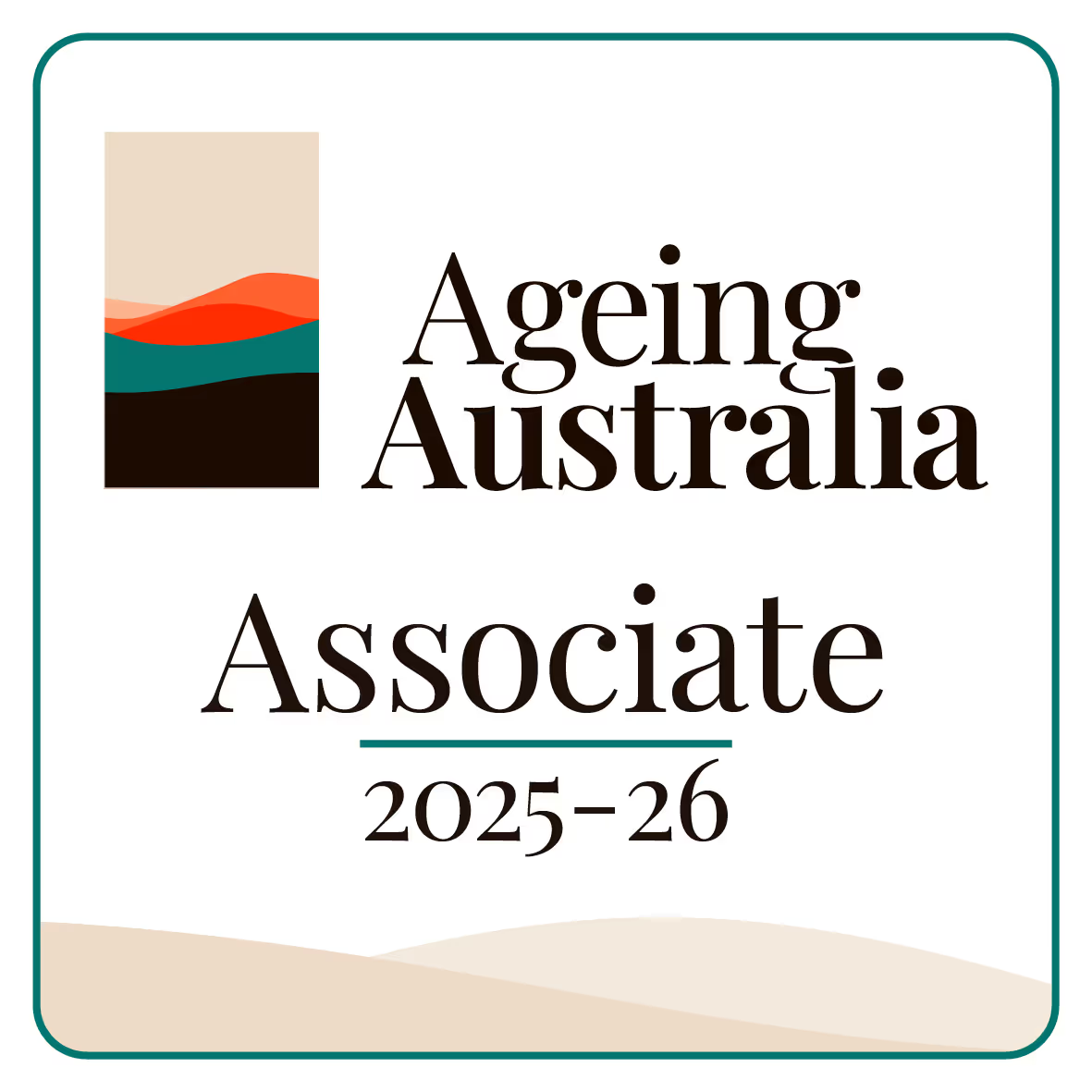As a leader in the Australian aged care sector, you are walking a difficult tightrope. On one side, you have a moral and legal obligation to uphold a resident's Dignity of Risk—their right to make choices, even those involving risk. On the other side, you face the immense pressure of Aged Care Liability and the strict duty of care requirements.
This conflict can feel paralyzing. If you restrict a resident's choices "for their own good," you may breach the Aged Care Quality Standards. If you permit a choice and an adverse event occurs, you fear litigation and regulatory sanction.
This challenge is not going away. In fact, the new Aged Care Act places an even stronger emphasis on person-centered care and resident rights. The key is not to eliminate risk, which is impossible, but to manage it. This requires a robust framework that respects resident autonomy while simultaneously protecting your organization.

What Exactly is 'Dignity of Risk'?
At its heart, Dignity of Risk is a simple, powerful concept. It is the right of every individual, including aged care residents, to make informed choices about their own life. This includes the right to take risks that others might deem unwise.
This could be:
- A resident wanting to walk to the local shops by themselves.
- A resident choosing to eat food that is not on their recommended diet plan.
- A resident refusing a particular medication or therapy.
These are not medical decisions, but human ones. Denying these choices, while often well-intentioned, removes a person's autonomy and control over their own life. The Australian Aged Care Quality Standards explicitly support this right, making it a non-negotiable part of high-quality care.
The Liability Tightrope: The Aged Care Act and Duty of Care
Here is the source of the conflict. While you must respect the Dignity of Risk, you also have an undeniable duty of care. Aged Care Liability is a serious concern for any board member, chief executive officer, or compliance manager.
The new Aged Care Act intensifies this pressure. It is designed to be rights-based, shifting the system from being provider-focused to person-focused. This means regulators will be looking closely at how you:
- Support resident choice.
- Document resident decisions.
- Manage the risks associated with those decisions.
If an incident occurs, the critical question will be: "Did you have a conversation, or did you simply fail to provide care?" Failure to manage this balance properly can lead to sanctions, reputational damage, and legal action.
Finding the Balance with Risk Management
You cannot avoid risk, but you can, and must, manage it. The answer to the dignity versus liability puzzle is a formal, documented Risk Management process. This is not about getting a resident to sign a waiver; it is about engaging in a collaborative partnership.
A strong risk management approach involves several key steps:
1. Assess and Identify
When a resident expresses a desire that involves risk, your team's first step is to understand it fully.
- What is the resident's specific goal?
- What are the potential risks (e.g., falling, choking, medical complications)?
- What are the resident's physical and cognitive abilities to manage this risk?
2. Discuss and Inform
This is the most important step. Your team must have an open, respectful conversation with the resident (and their family or representative, if appropriate).
- Clearly explain the potential risks in a way the resident can understand.
- Discuss the potential benefits (e.g., independence, happiness, quality of life).
- Listen to the resident's perspective. Why is this important to them?
3. Mitigate and Plan
Instead of saying "no," the default response should be, "How can we make this safer?"
- If a resident wants to walk to the shops: Can a staff member walk with them the first few times? Can we provide them with a mobile phone or personal alarm? Can we agree on a check-in time?
- If a resident wants to eat a specific food: Can we provide a smaller portion? Can we ensure supervision is available? Can we document this as their specific, informed choice?
4. Document Everything
This is your primary defense against Aged Care Liability. Your documentation must prove that you did not ignore the risk, but actively managed it.
- Record the risk assessment.
- Document the conversation, including who was present.
- Detail the resident's understanding and their final decision.
- List all mitigation strategies that were offered and implemented.
- Schedule a date to review the decision.
The Power of Clinical Governance
This process cannot be left to chance. It must be embedded within your organization's Clinical Governance framework. A strong governance system provides the structure, policies, and training that staff need to confidently manage these situations.
Your Clinical Governance framework ensures:
- Staff are trained: They know how to have these sensitive "risk conversations."
- Policies are clear: Staff have a clear process to follow, so they do not have to make difficult decisions in a vacuum.
- Oversight is active: Your board and executive team have visibility over how these risks are being managed and can identify trends.
This framework shifts the culture from one of risk avoidance (which leads to resident dissatisfaction) to one of risk management (which demonstrates respect and ensures compliance).

How Governa AI Supports This Balance
This level of assessment and documentation is complex. This is where a system like Governa AI becomes essential for aged care providers in Australia.
Governa AI helps you systematize your Risk Management and Clinical Governance processes. It provides a central platform to:
- Guide staff through risk assessments using standardized templates.
- Create and track mitigation plans for individual residents.
- Securely document all conversations and decisions, creating a clear audit trail.
- Link resident choices directly to your quality and compliance reporting.
By using a tool like Governa AI, you are not just managing risk; you are creating defensible evidence that you are meeting your obligations under the Aged Care Act—protecting both your residents' dignity and your organization's future.




.jpg)





